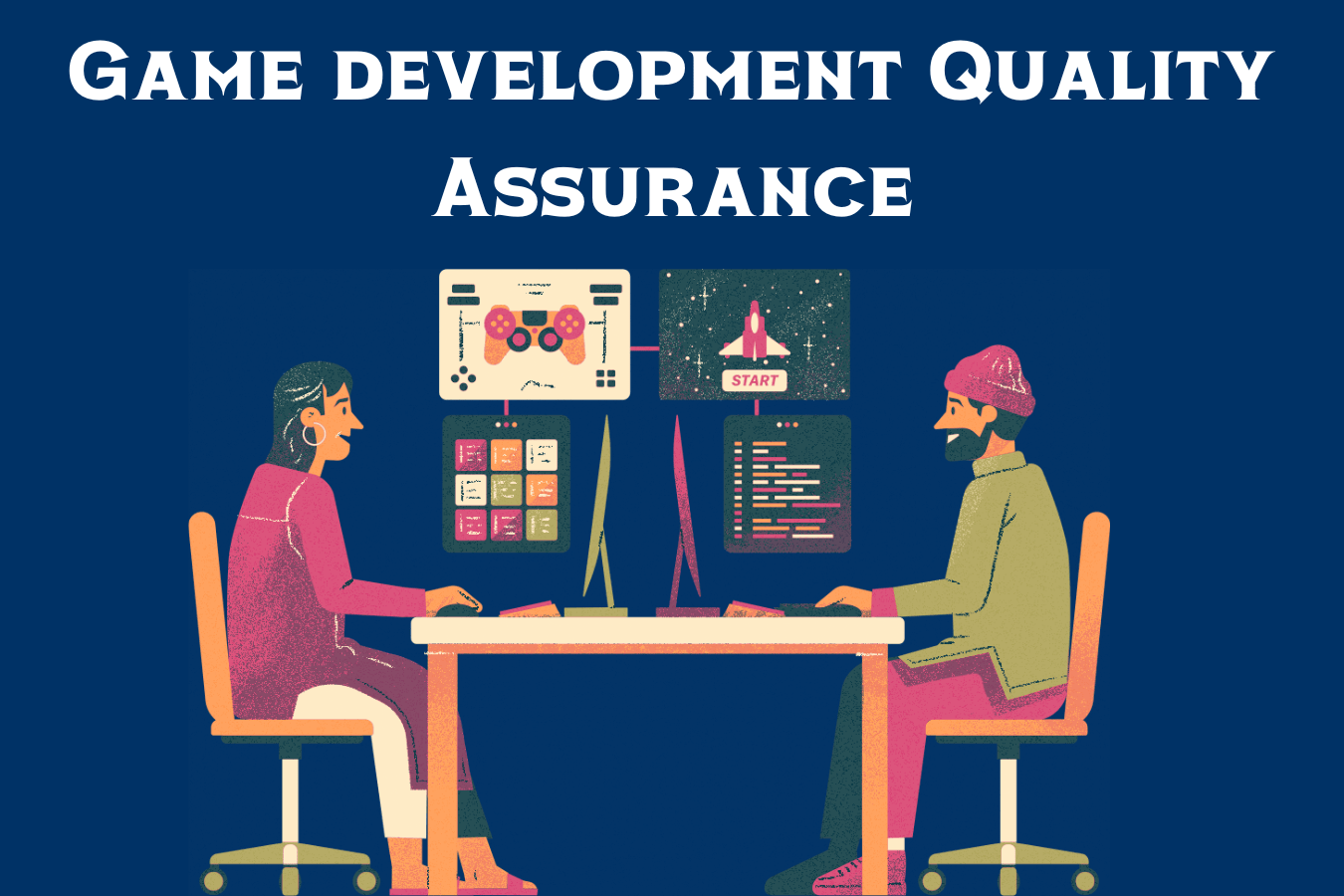With millions of players across the globe demanding highly immersive experiences, engaging narratives, and flawless gameplay, it is the quality that makes the difference between success and failure in any game. Game Development Quality Assurance takes center stage here.
Quality Assurance is not an afterthought but rather a fundamental process in game development that protects the player experience. From the very first concept to the final product, QA teams scrutinize every aspect of a game to ensure it meets the highest standards for performance and playability.
This integration of strong QA practices in game development services means the difference between a blockbuster hit and a commercial failure. In rigorous testing, QA identifies bugs, glitches, and design flaws that might be affecting gameplay, which allows game development service experts to craft the most polished and enjoyable experiences possible.
In this blog post, we discuss the critical role Quality Assurance plays in ensuring successful game development and why it’s important to prioritize its focus throughout the development lifecycle.
What Does QA Do in Game Development?
Quality Assurance is essentially about testing and fine-tuning a game to ensure that it will be delivered with its intended functionality at the market. It ensures that from eliminating bugs to enhancing the fun factor, the final product would be great in terms of performance, usability, and fun. To businesses that provide game development services, QA is more than a step; it is the corner stone to success.
Why QA Matters?
- It Makes the Game More Fun
Glitches, crashes, or bad performance are not what can be termed as exciting in a game. QA identifies and corrects these issues at early stages so players can have fun playing it with no hassle whatsoever. In this competitive world of game development services, focusing on satisfaction for the players can make your game stand out.
- It Saves Money
Bug fixing after release can be really costly and even time-consuming. Thorough testing catches all such bugs during development, saving the money and safeguarding your game’s reputation.
- It Makes Sure the Game Works Everywhere
Games are played on all sorts of devices these days. QA ensures that your game runs smoothly, whether it is on a high-end console, a mid-range smartphone, or a PC. For companies offering game development services, this level of consistency is a big deal.
- It Keeps Things Compliant
Every platform—be it the app store or a gaming console—is going to have its rules. QA ensures that your game meets such requirements so that there is no delay in getting it into players’ hands.
- It Protects Your Brand
Players remember what they experienced. A buggy game can come to tag your reputation, while a well-crafted one inspires trust and loyalty. For game development services providers, a very well-tested game is a testament to their area of expertise.
How QA Gets the Job Done?
Quality assurance involves several testing strategies to ensure every aspect of the game works flawlessly. Each type of testing plays a critical role in delivering a polished and reliable final product:
1. Automated Testing
Automated testing is used to handle repetitive tasks efficiently, such as testing gameplay mechanics or UI components. By using scripts to simulate various scenarios, automated testing ensures consistency and speed. This method is especially useful for identifying recurring bugs and verifying that specific game elements work as expected without manual intervention.
2. Manual Testing
While automated testing is great for routine checks, manual testing adds a human touch to the process. QA testers play the game as players would, evaluating gameplay, storylines, visuals, and user interfaces. This approach helps identify subtle issues, such as narrative inconsistencies or awkward controls, that automated testing might miss. Manual testing ensures the game feels enjoyable and cohesive from a player’s perspective.
3. Compatibility Testing
With the variety of devices and platforms available today, compatibility testing is crucial. This process ensures the game functions seamlessly across different devices, operating systems, screen sizes, and hardware configurations. QA teams test the game on consoles, PCs, and mobile devices to ensure consistent performance, regardless of how or where it’s played.
4. Load Testing
To handle large numbers of players simultaneously, especially in multiplayer games, load testing is vital. This type of testing evaluates how the game performs under heavy traffic or high-demand conditions. It helps developers identify potential bottlenecks or crashes, ensuring the game remains stable even during peak usage periods.
5. Regression Testing
Whenever updates, patches, or new features are added, regression testing ensures that these changes do not introduce new bugs or break existing functionality. By re-testing previously verified components, QA teams confirm that the game’s quality remains consistent as it evolves.
Wrapping It Up
Quality is everything in the gaming world. Quality Assurance is no longer about bug finding; it is the process of providing an amazing experience to players. For companies using their services to provide Clone App development, a robust QA process is not optional; it is a necessity.
When developers make QA their priority, they are not ensuring that their games work; they ensure the player keeps coming back for more. And in the competitive industry of gaming, this is the ultimate win.














